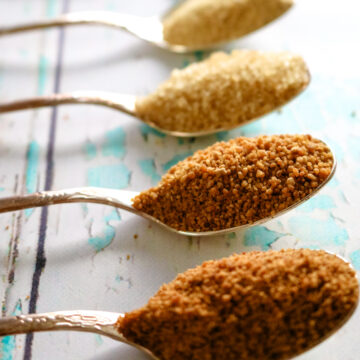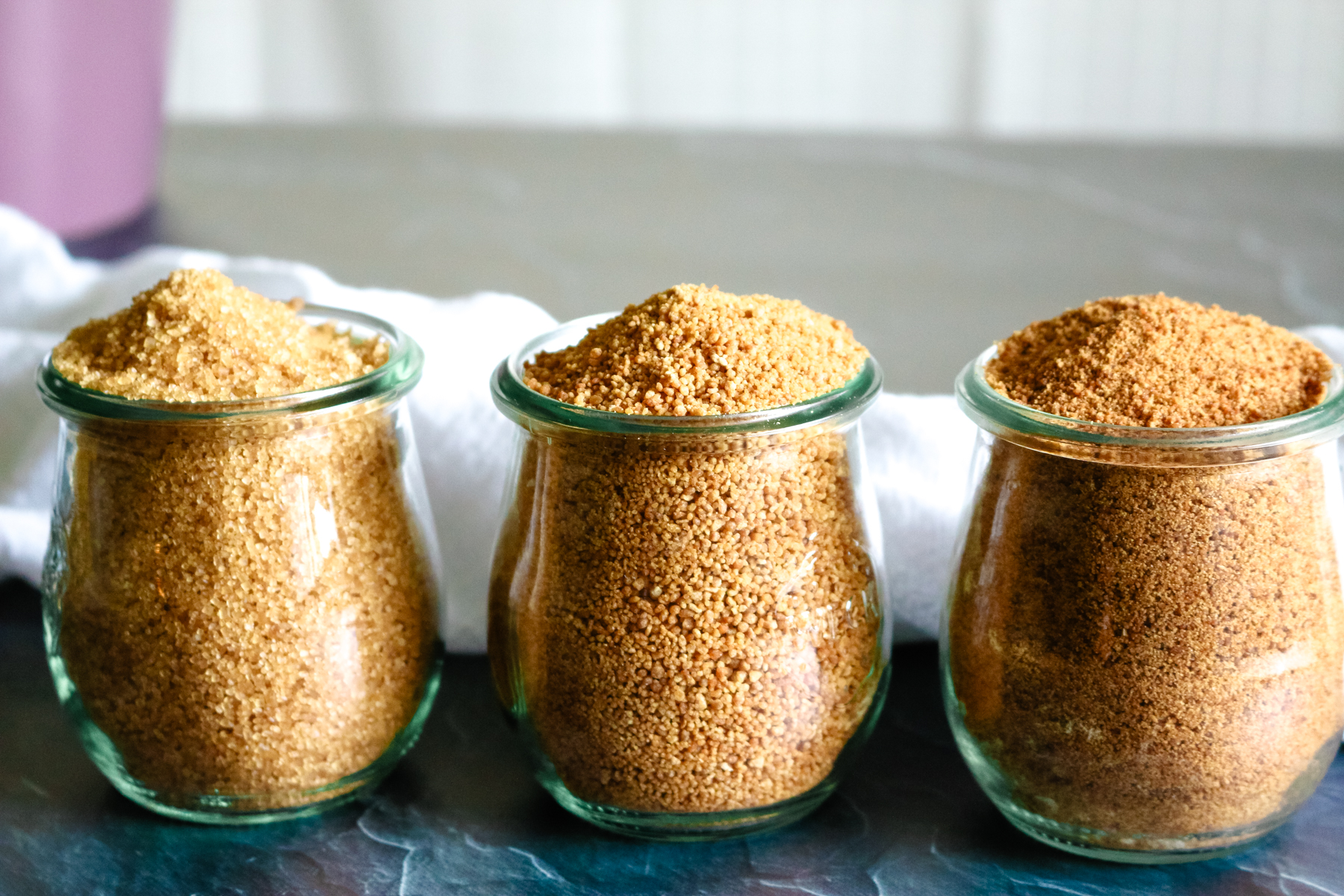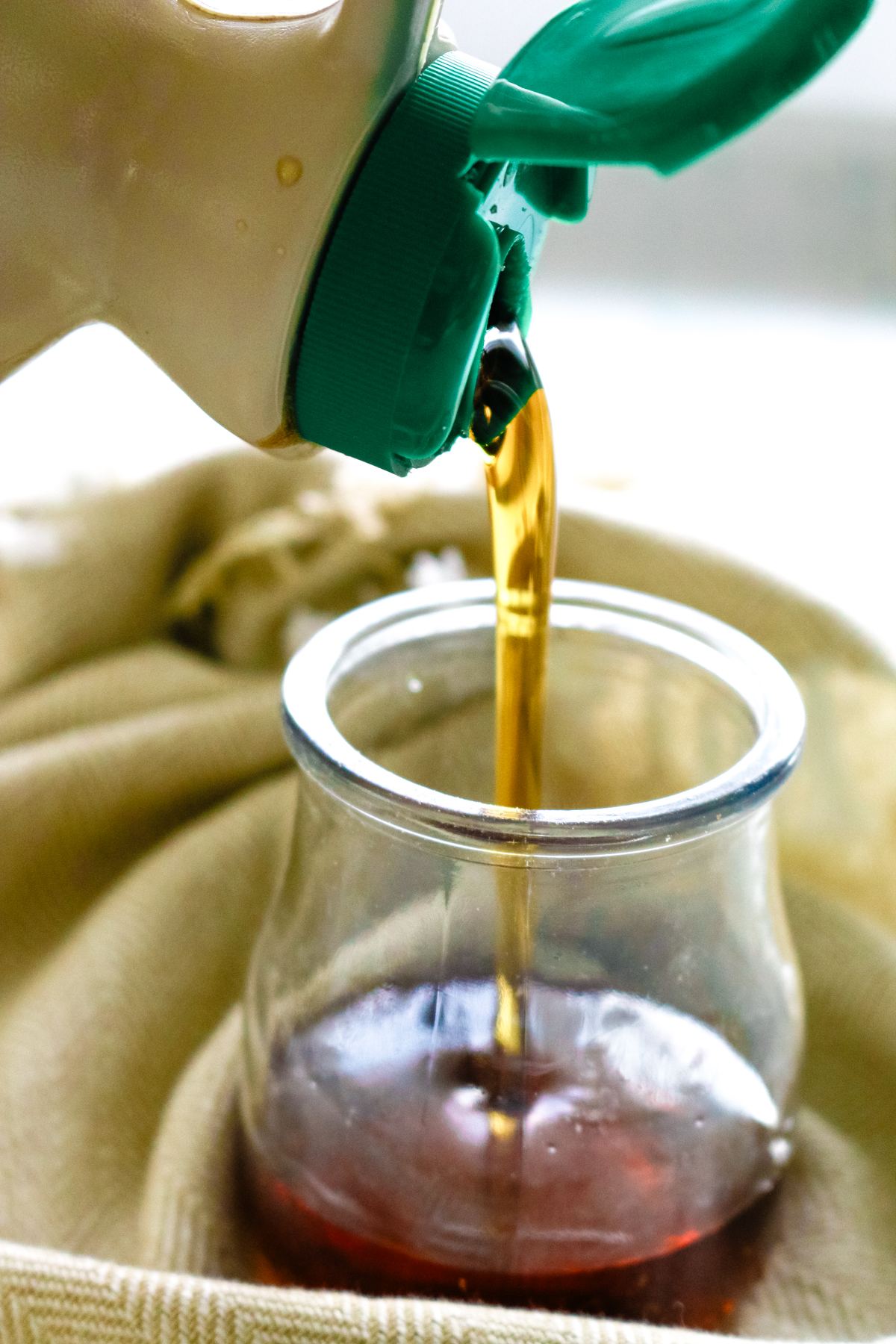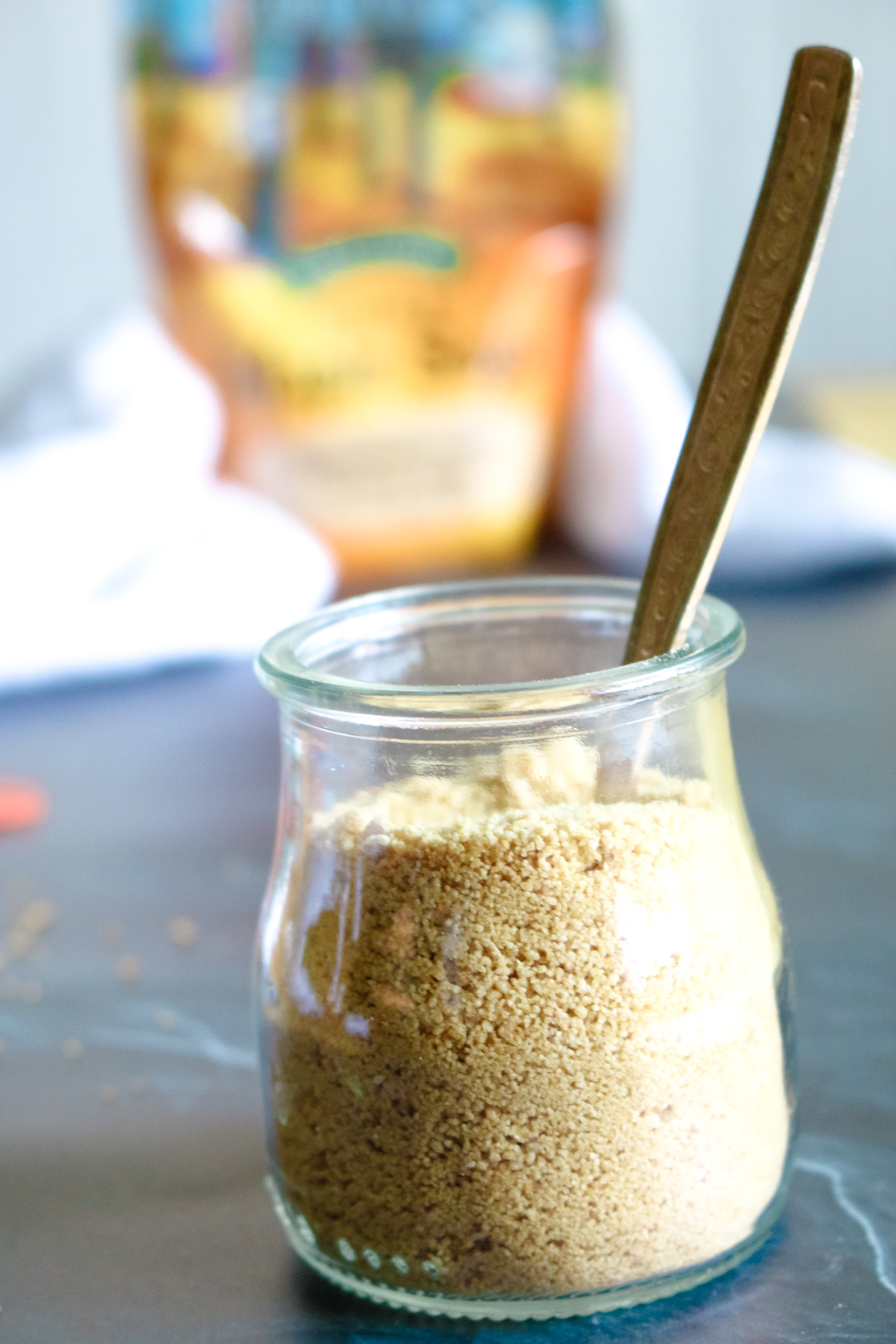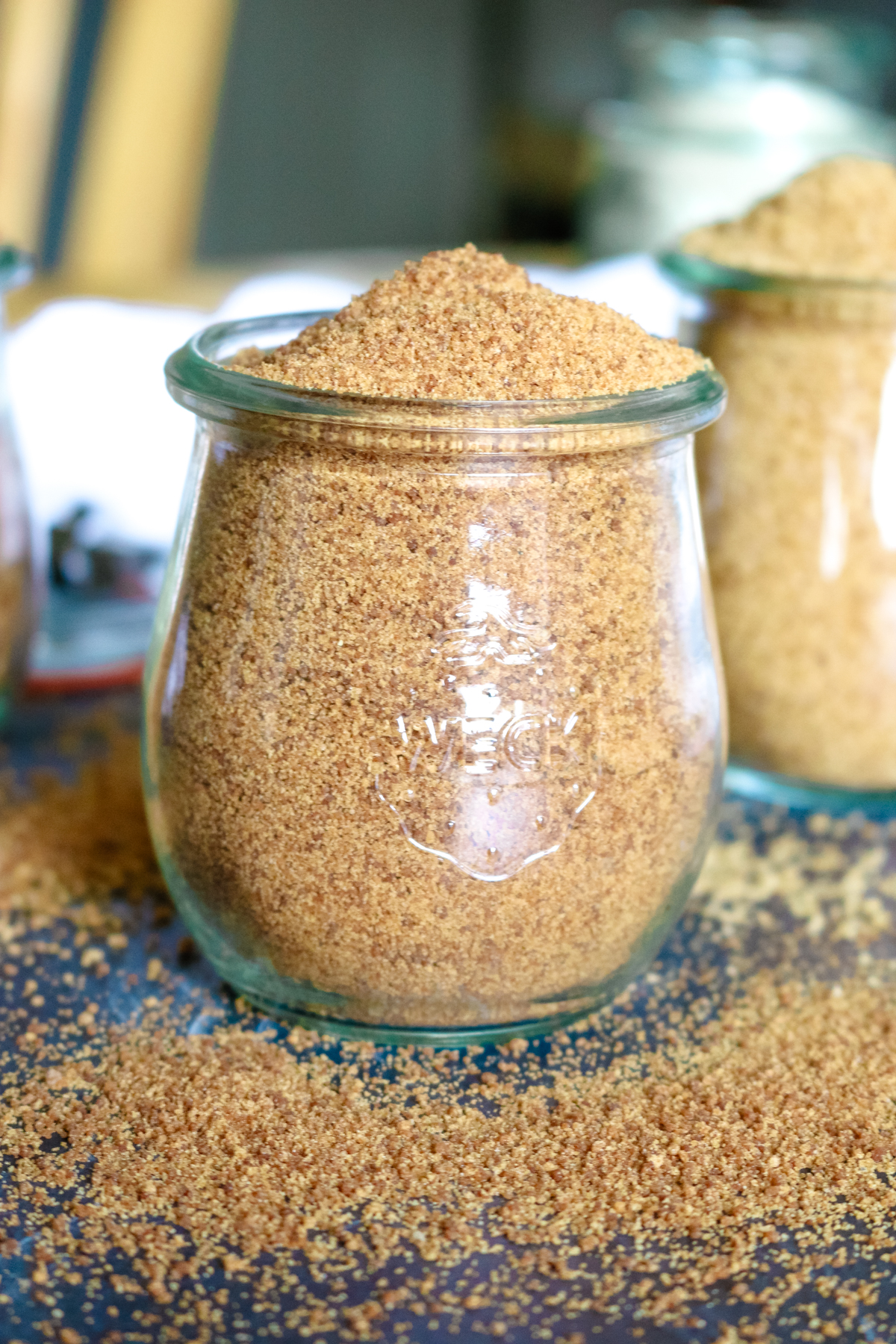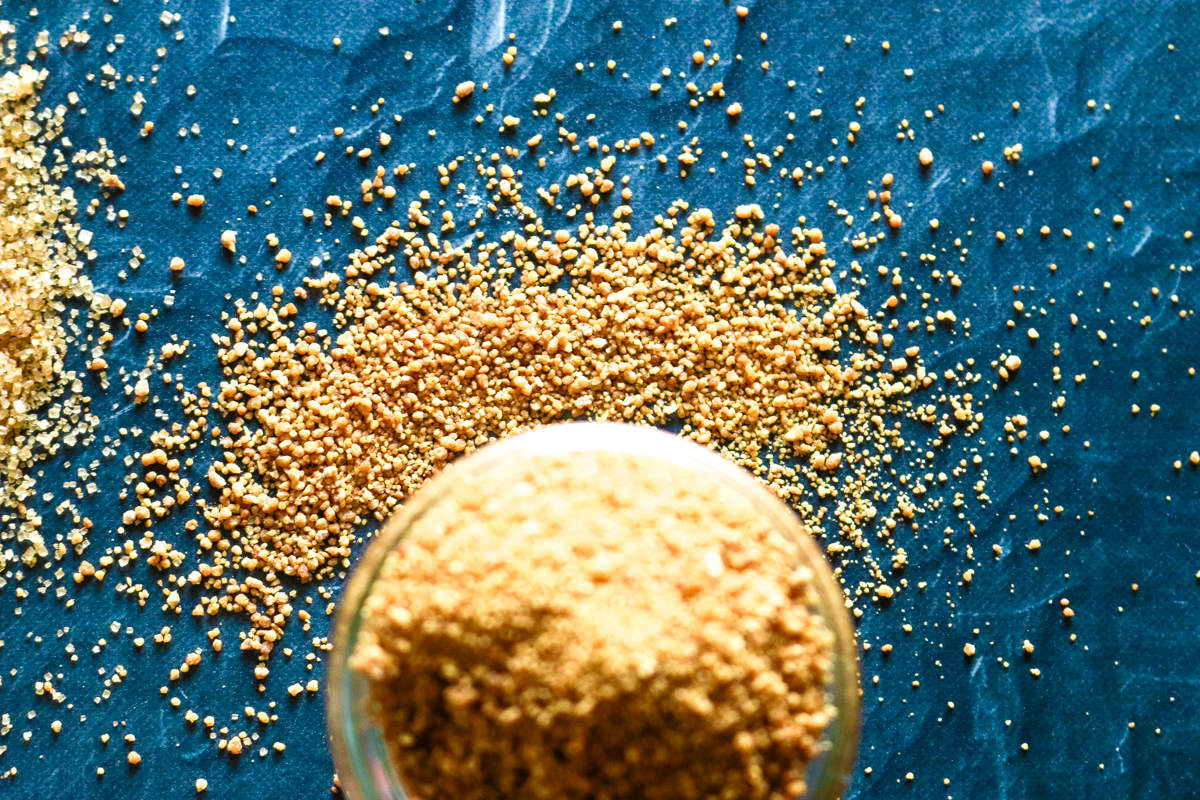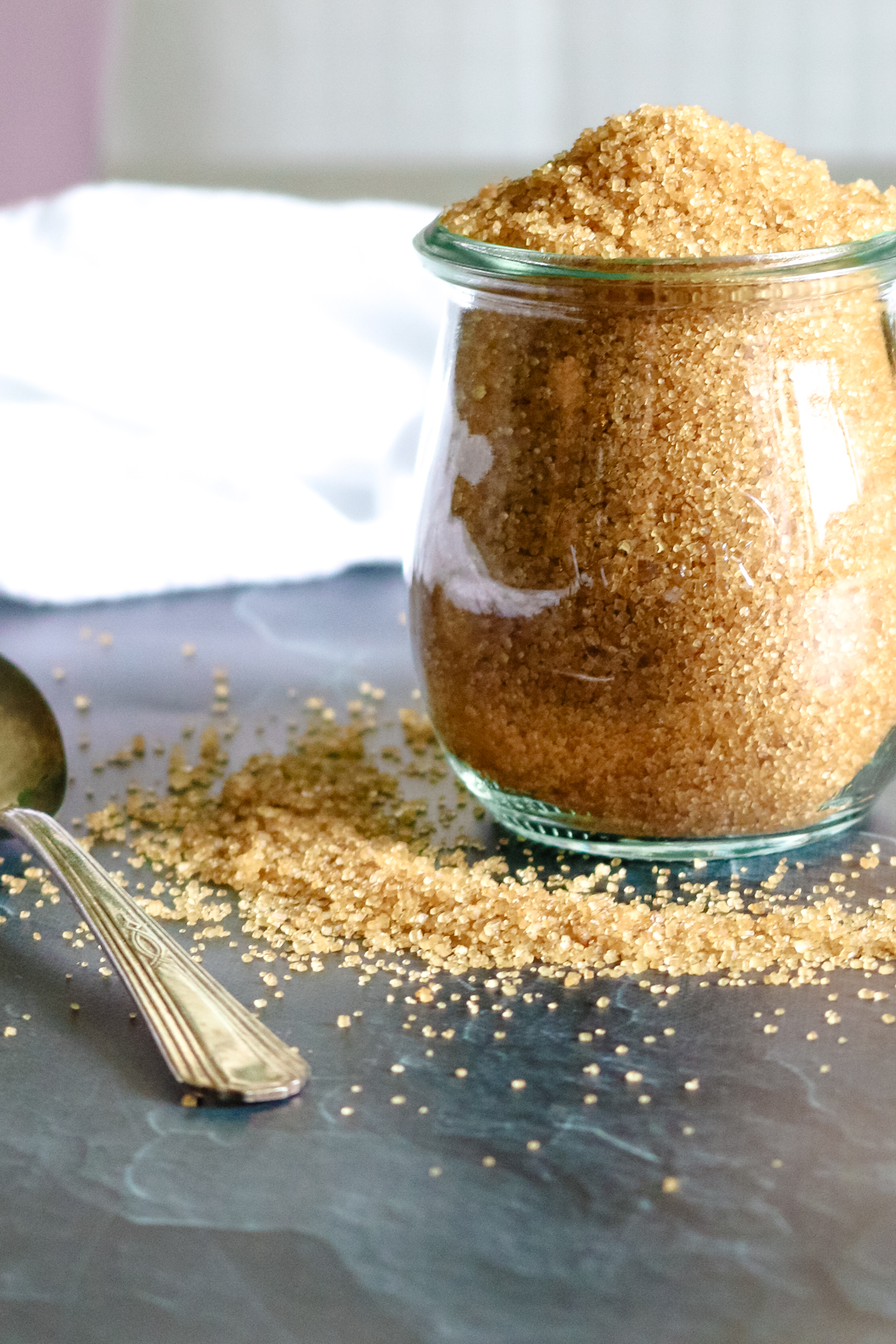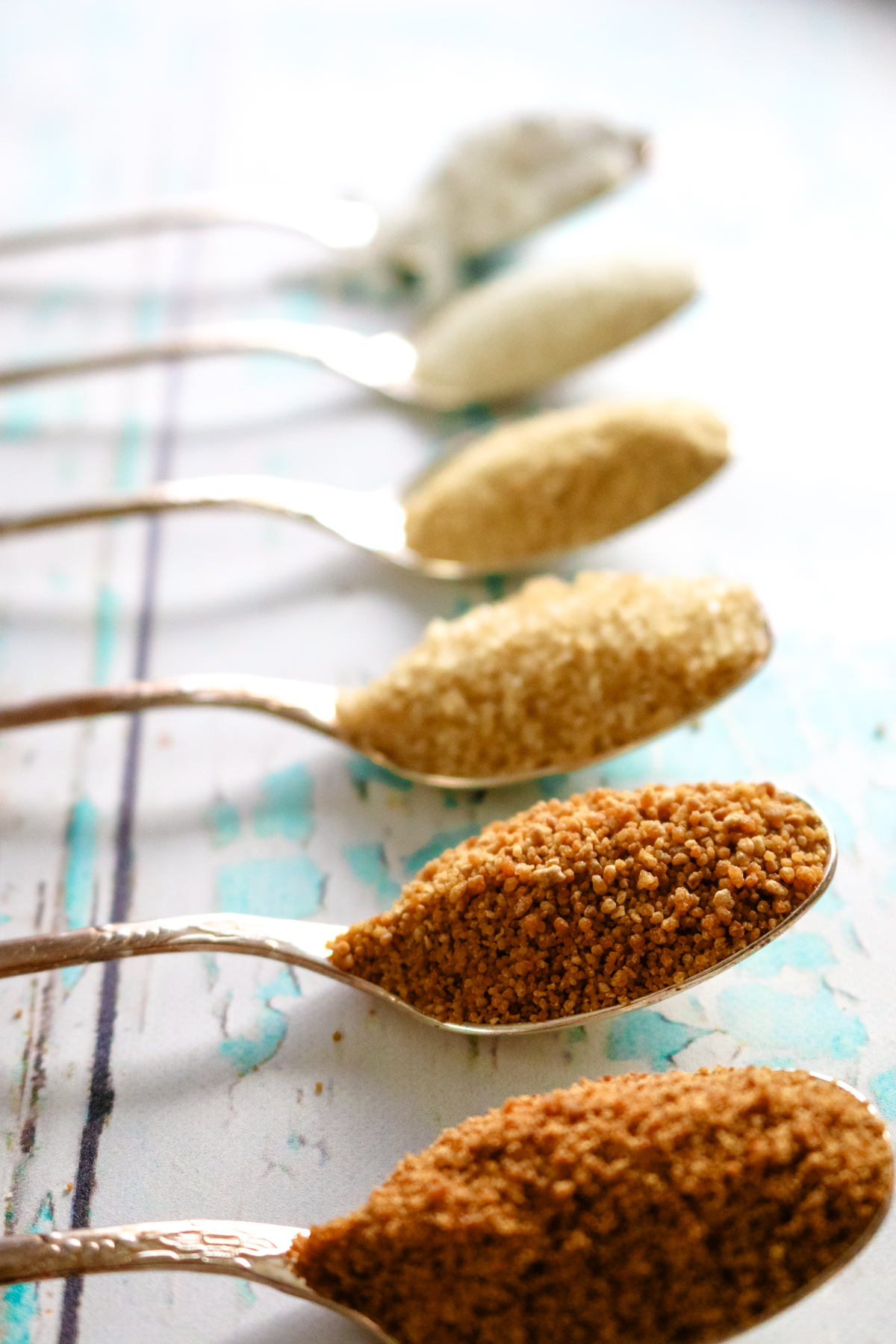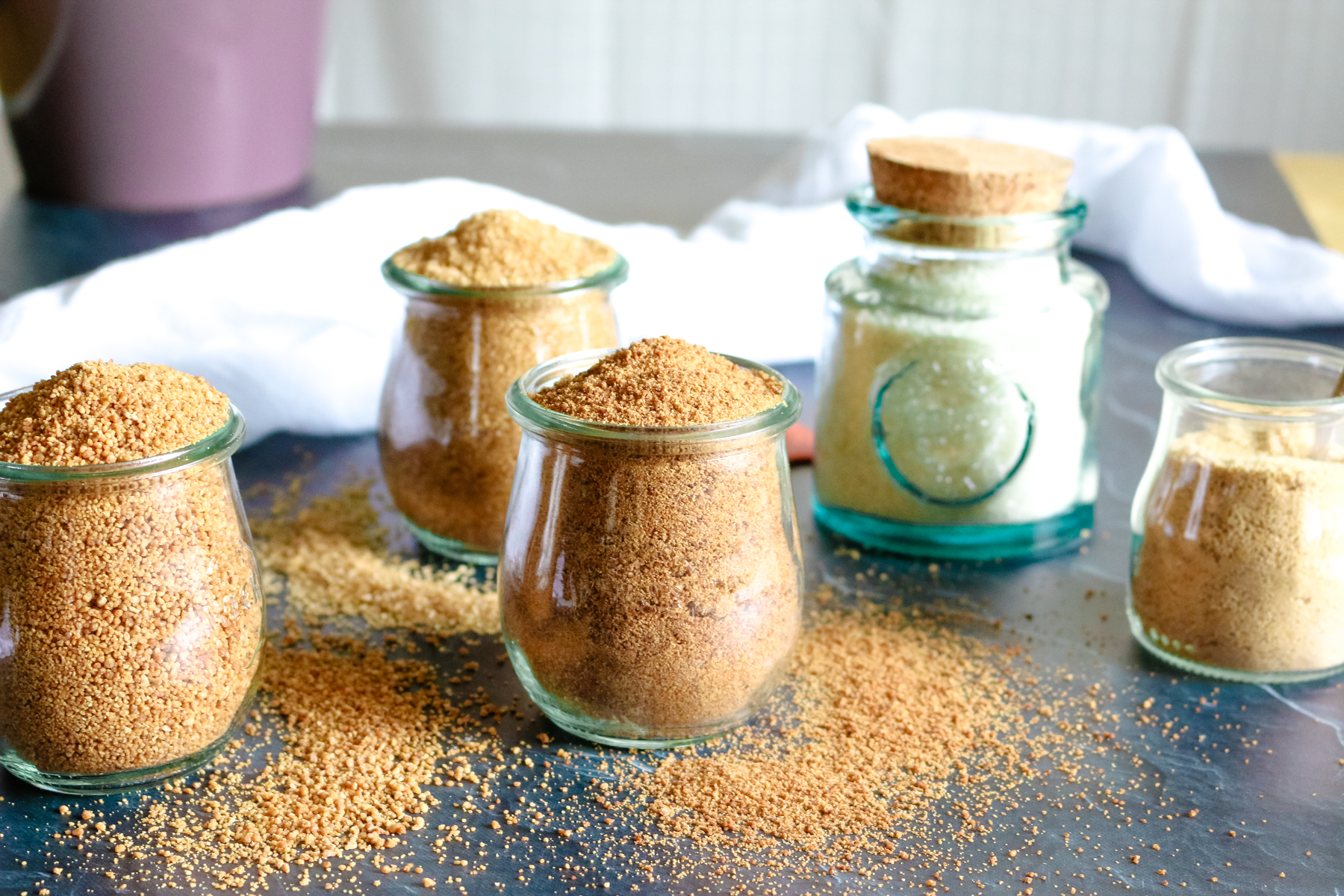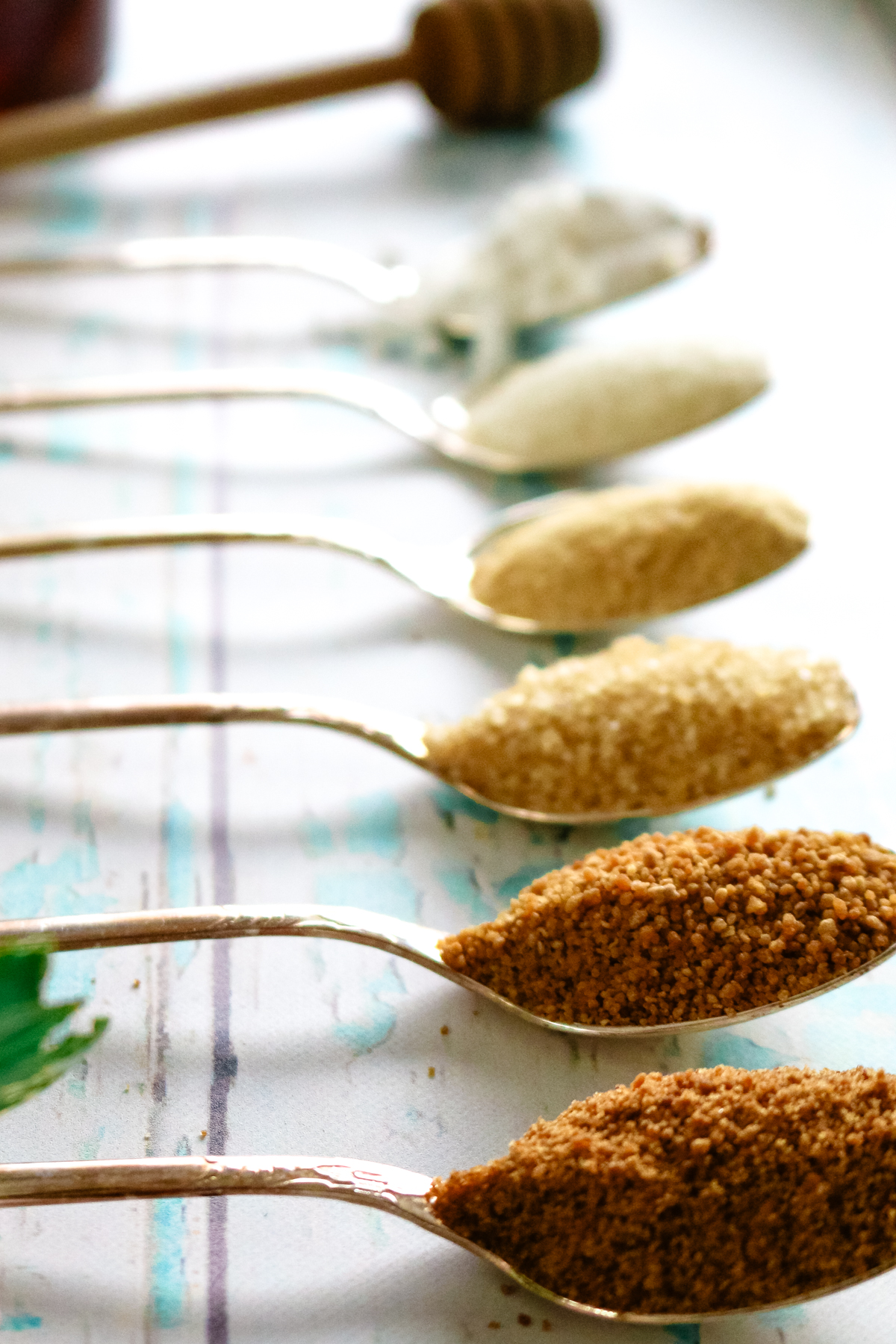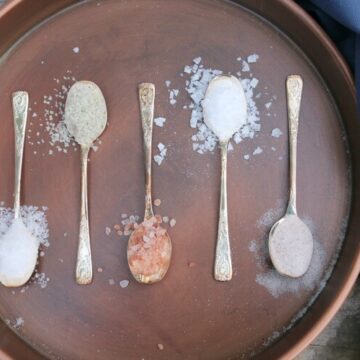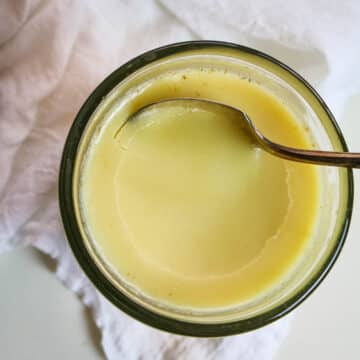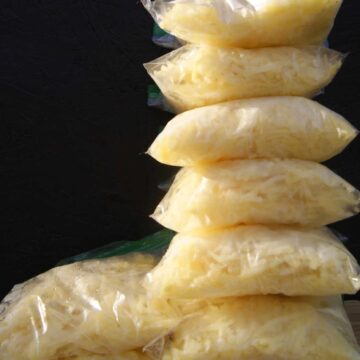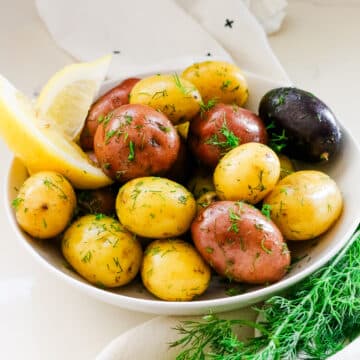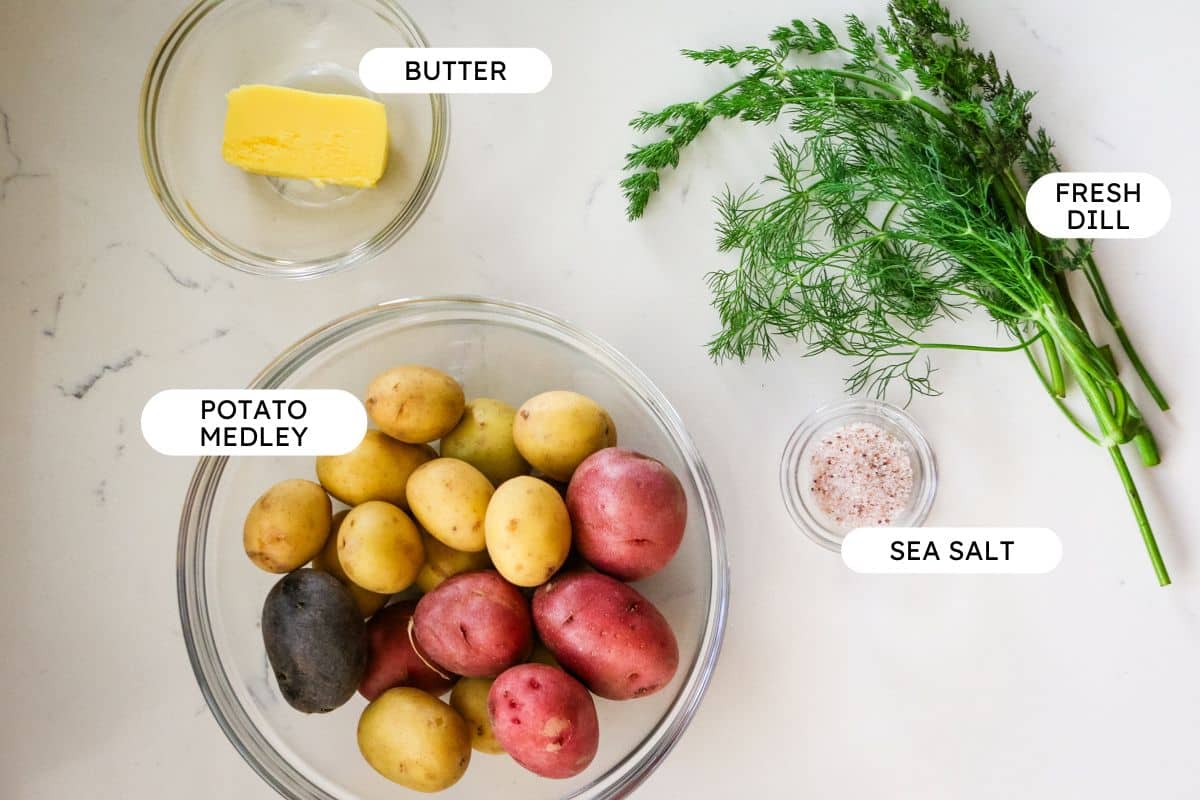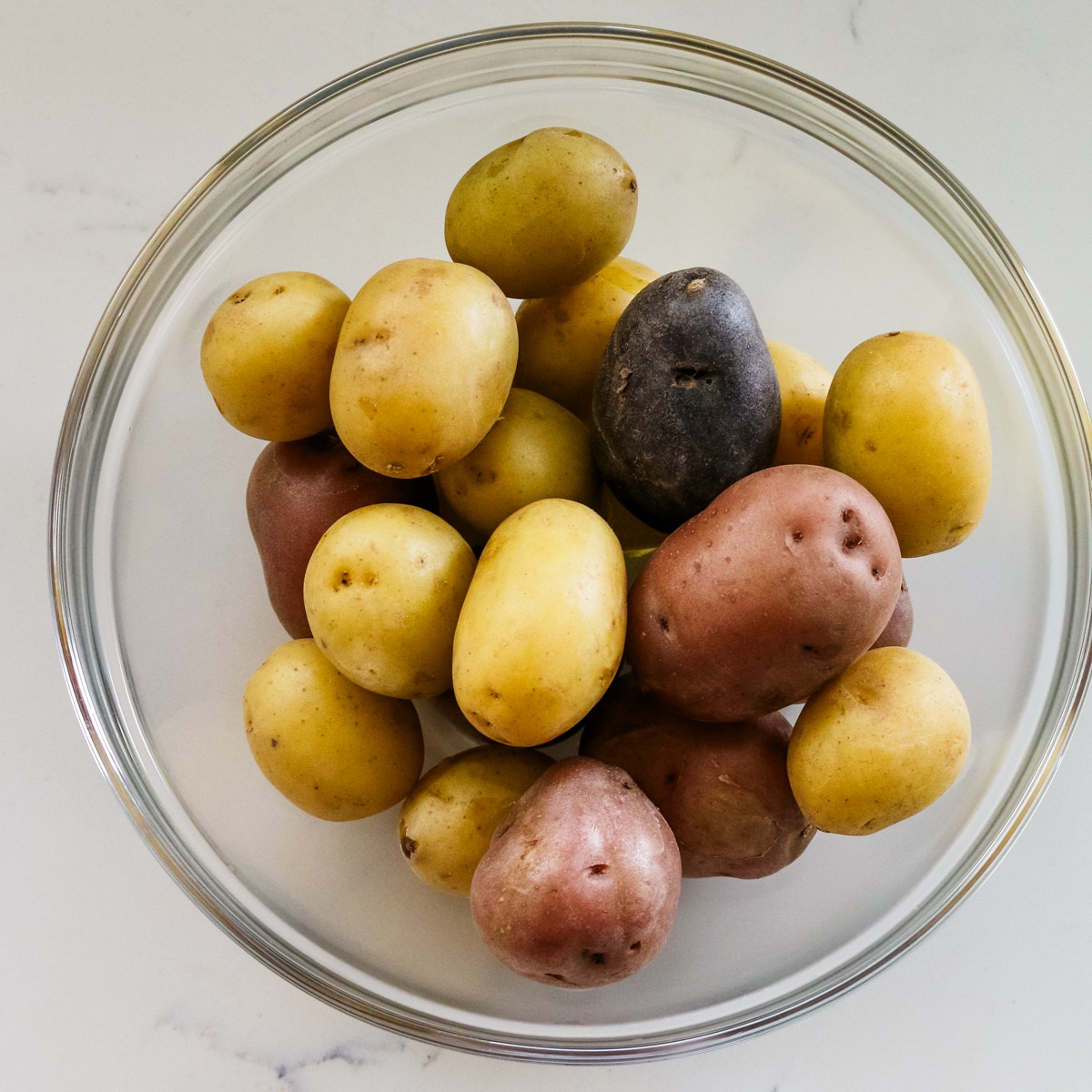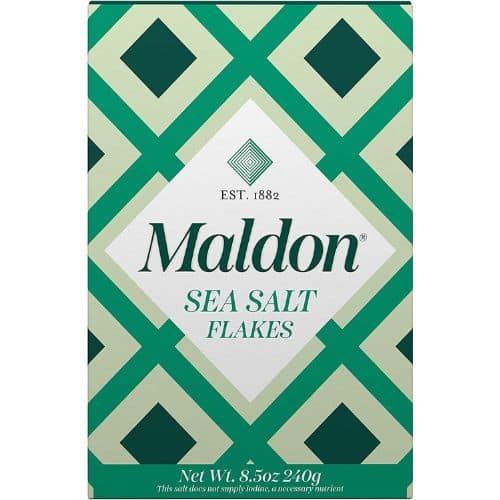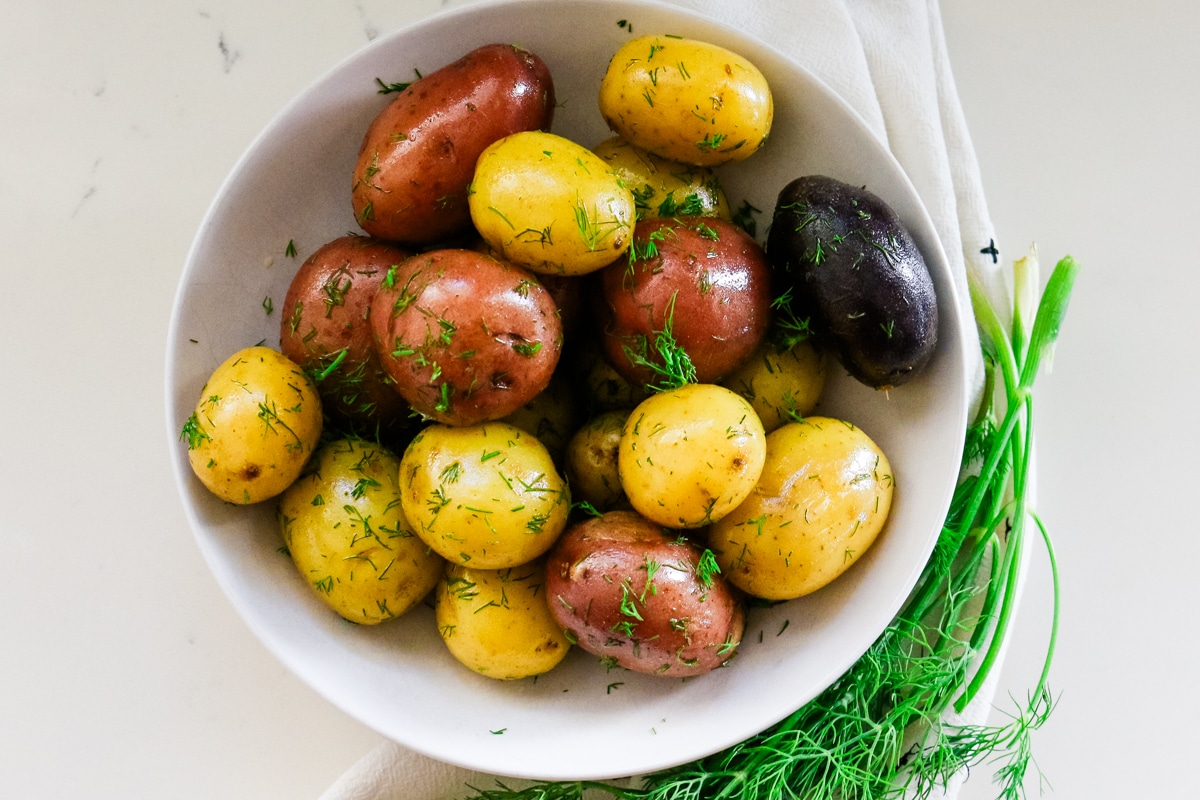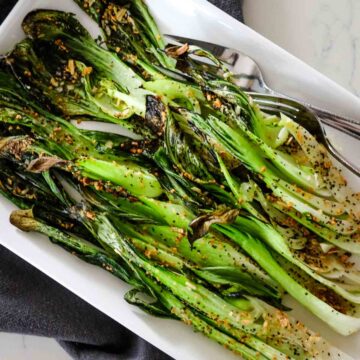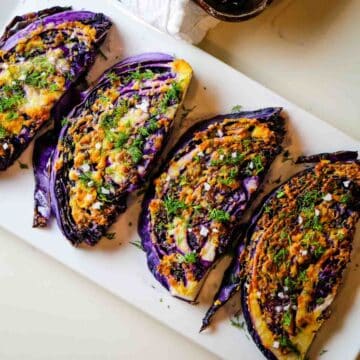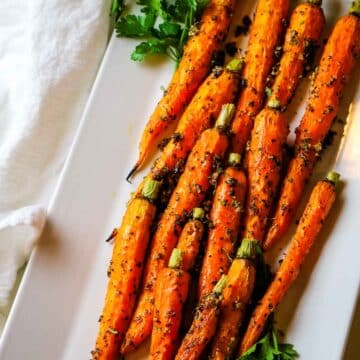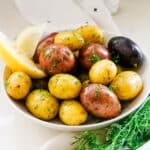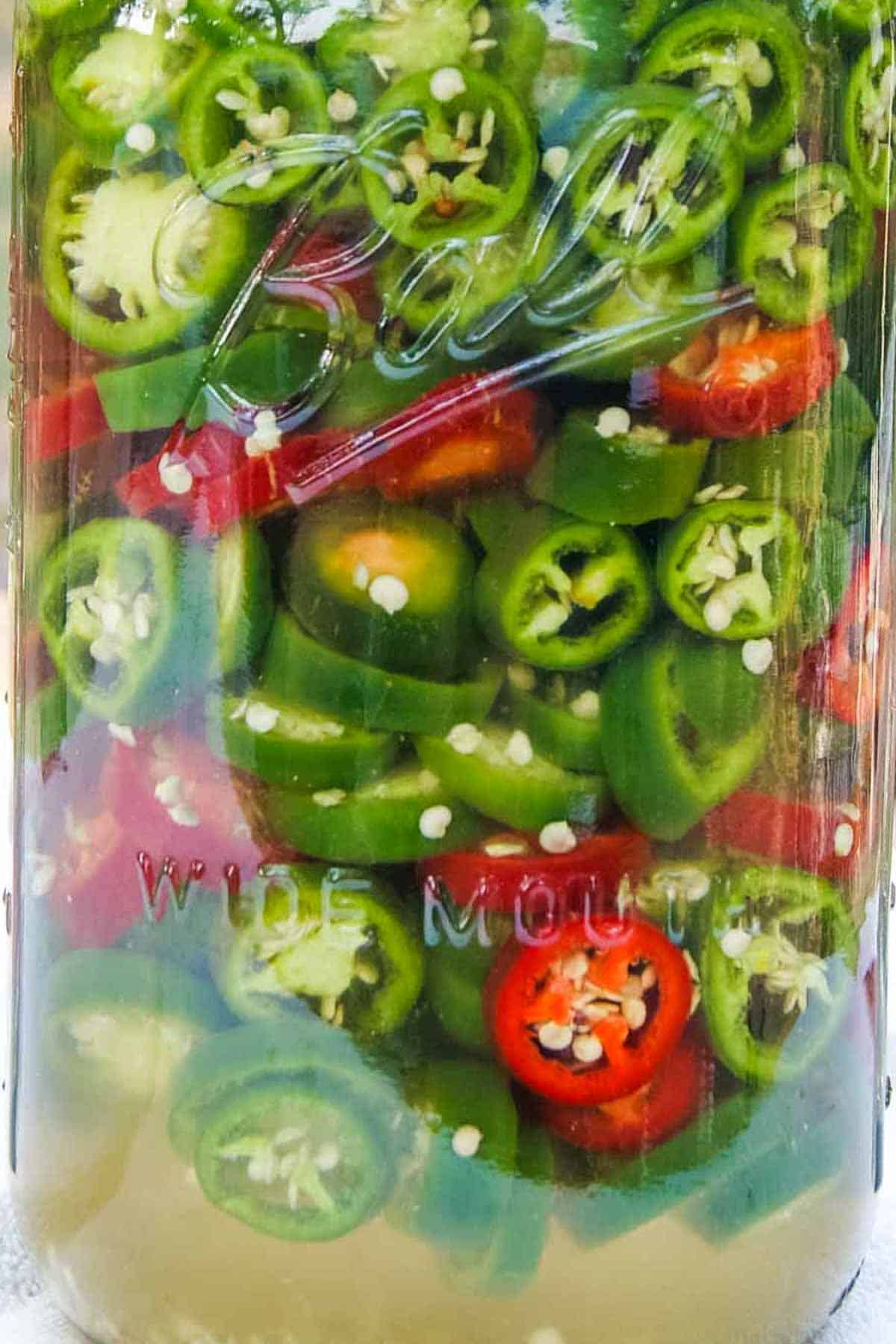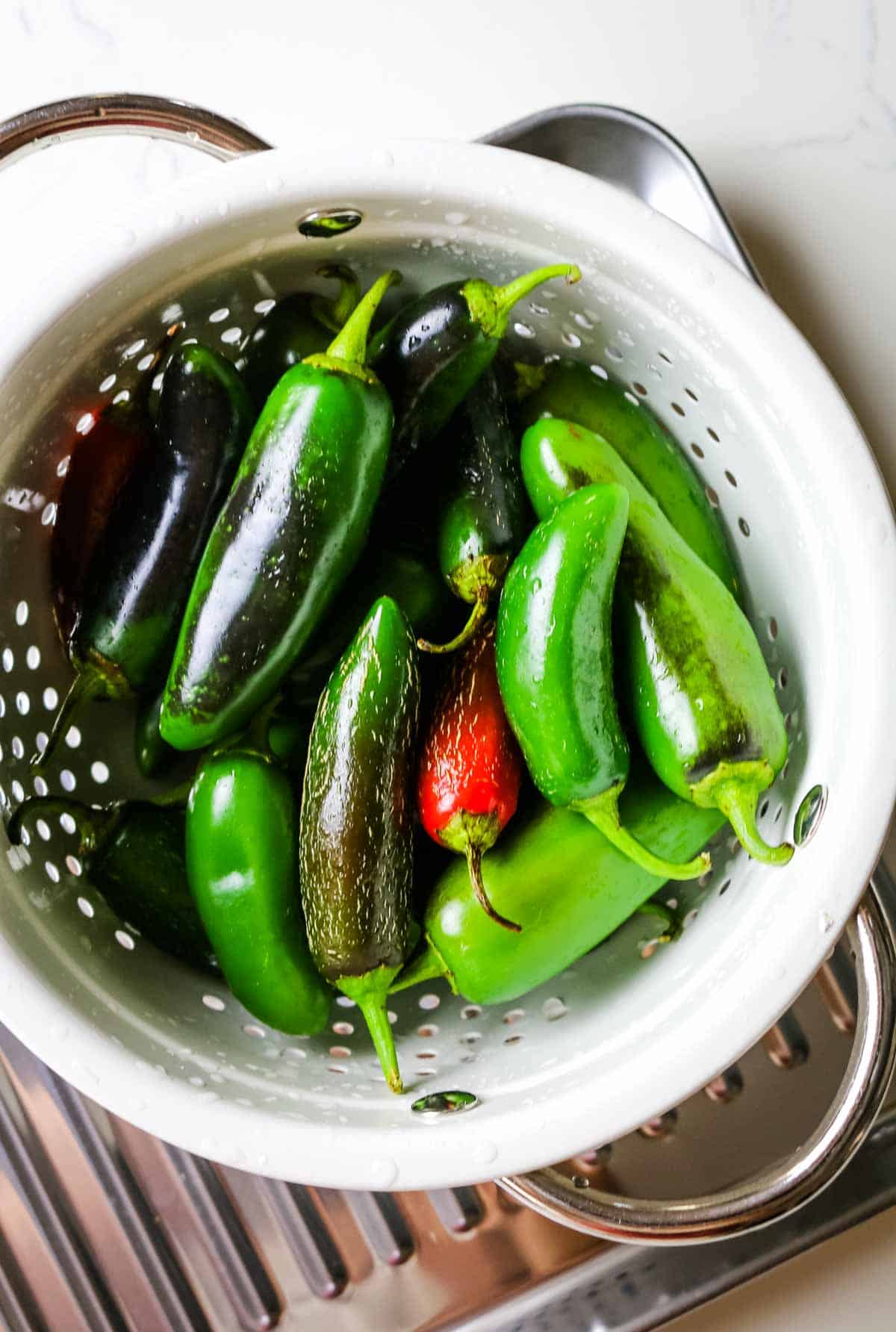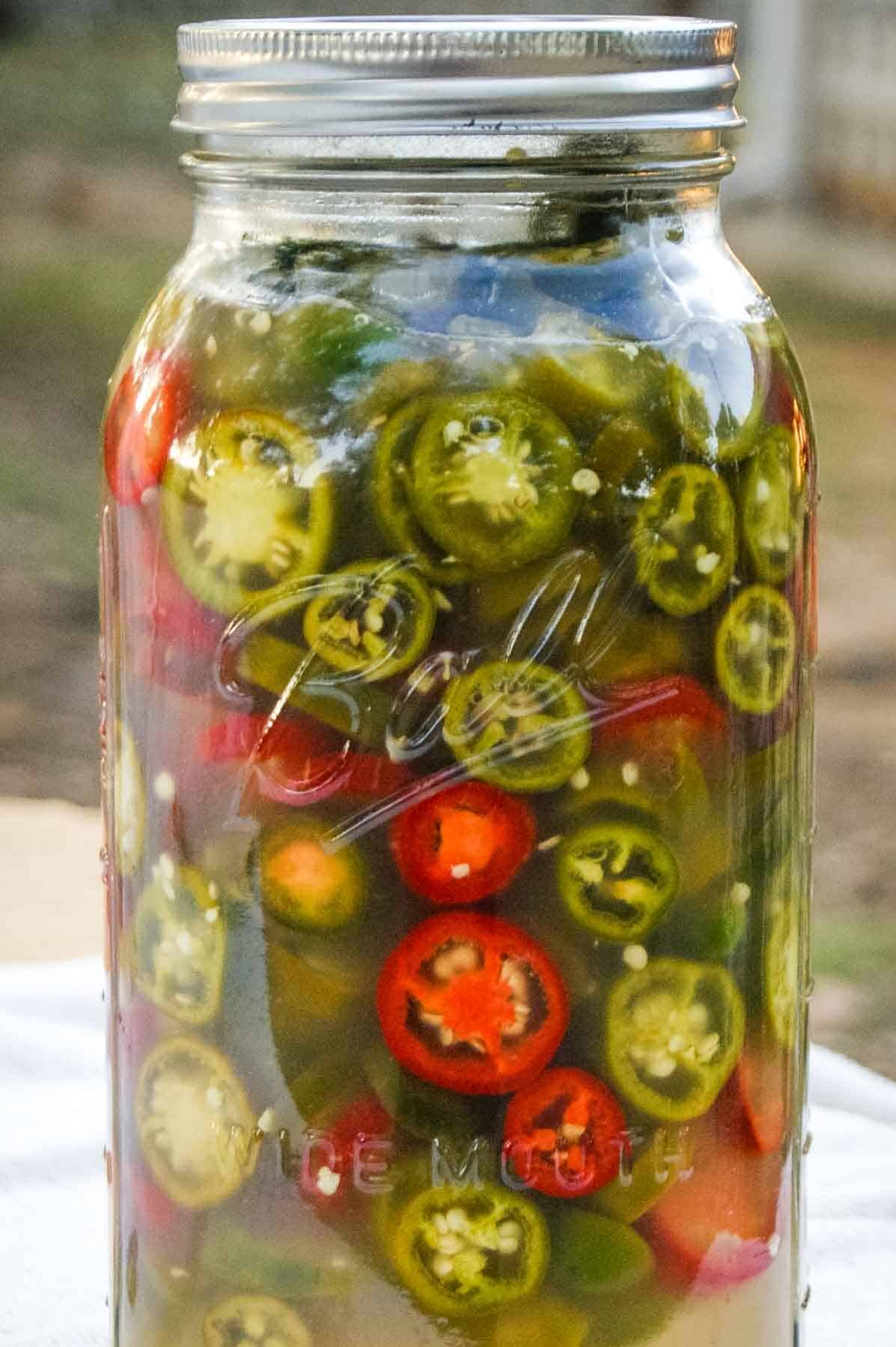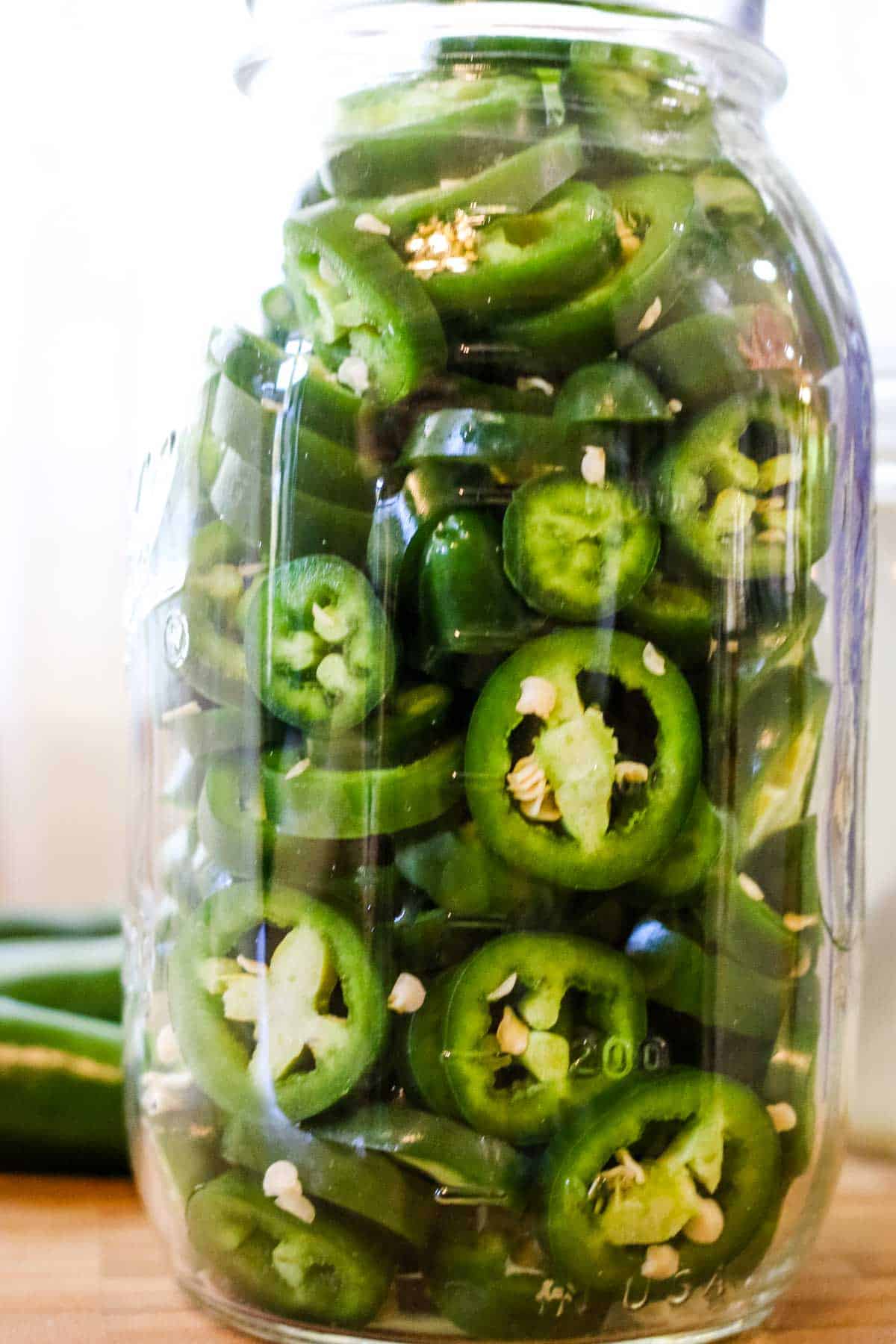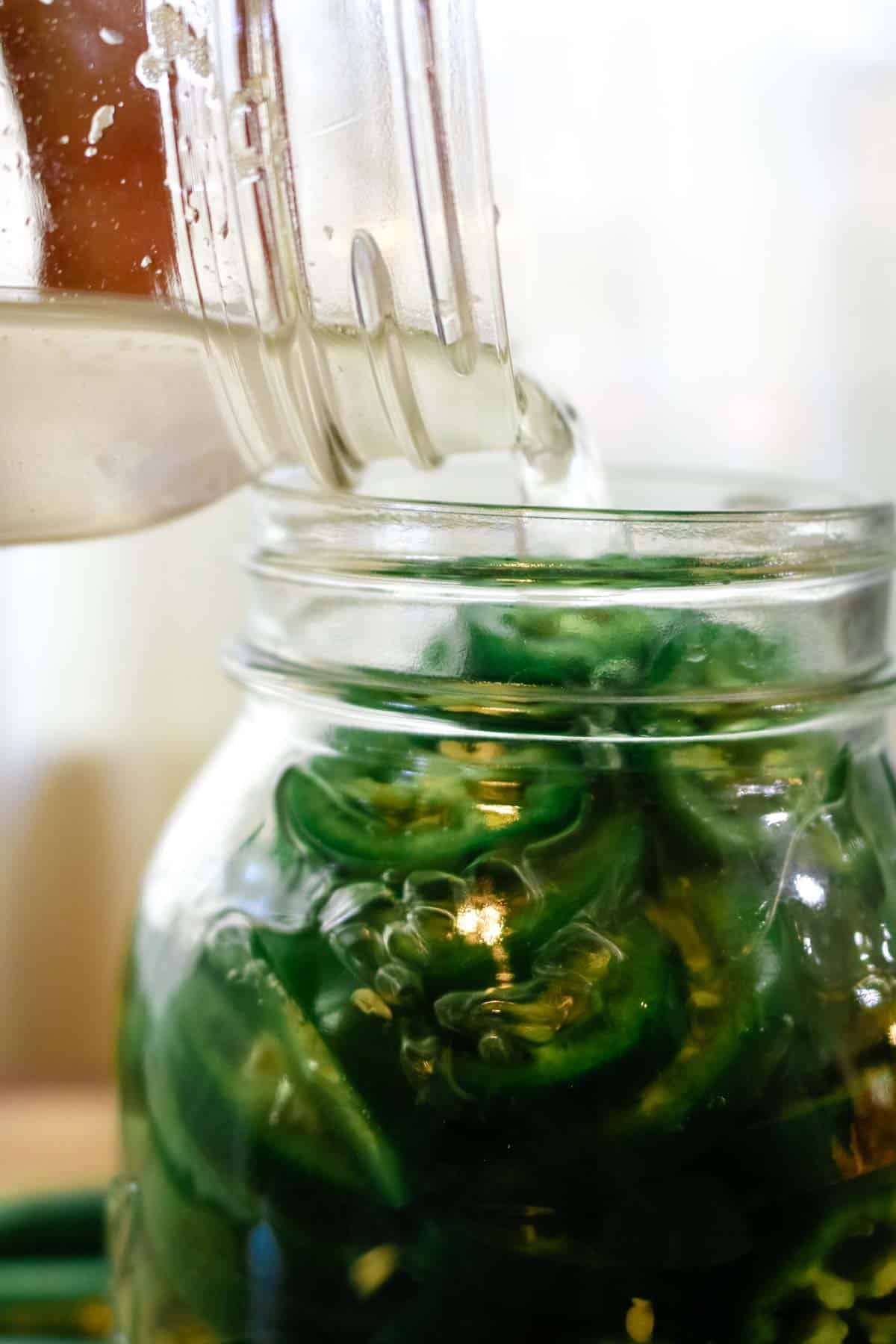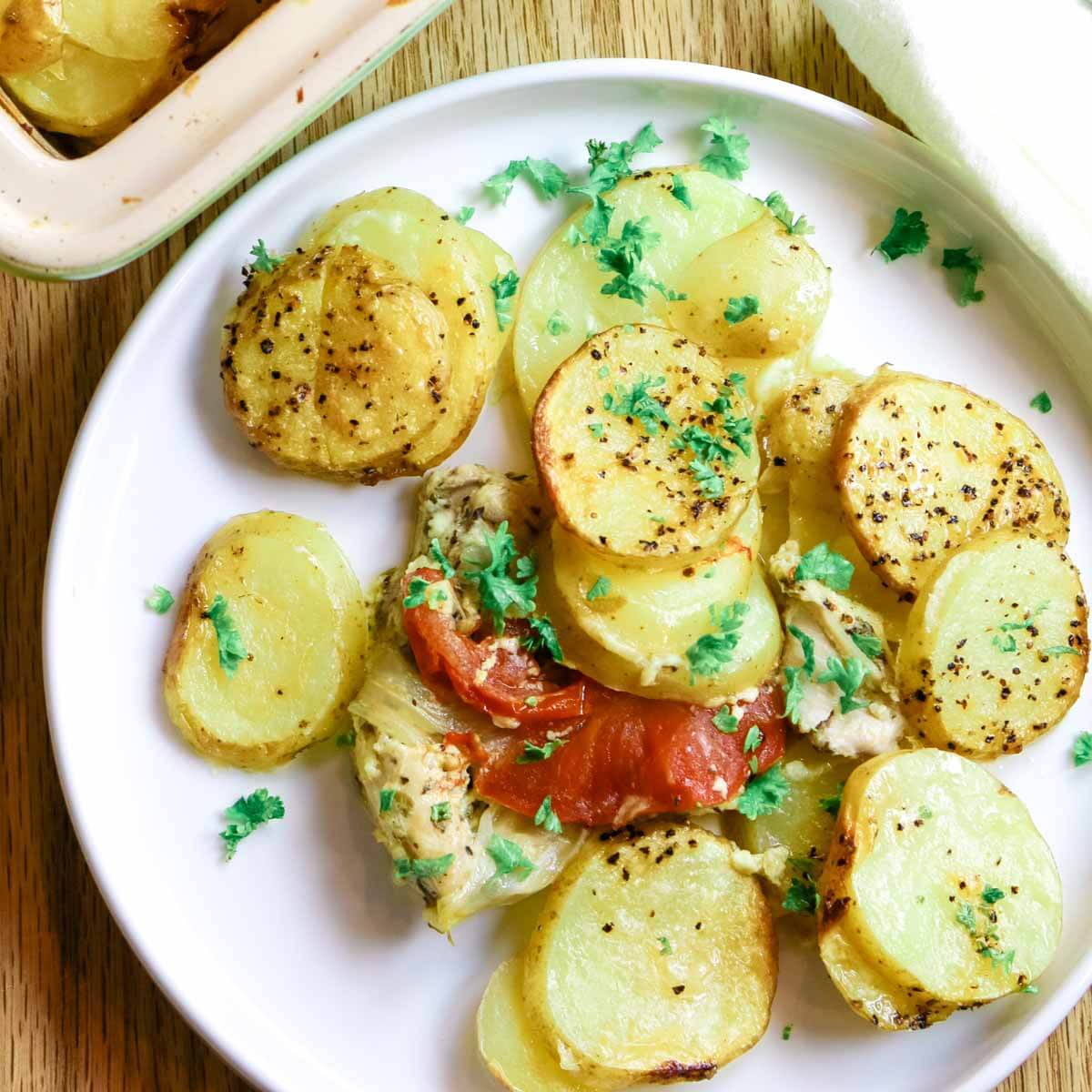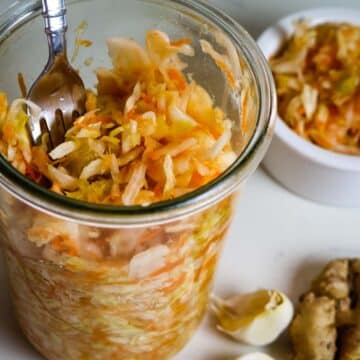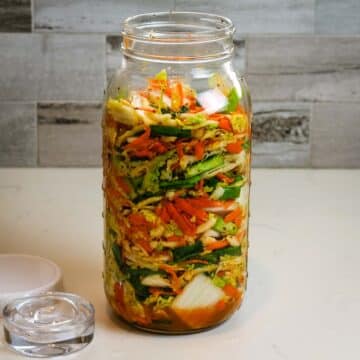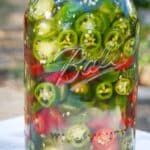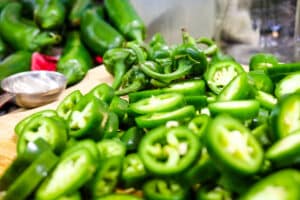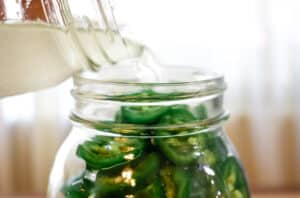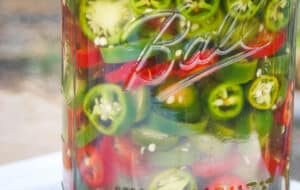Craving guacamole with texture? This chunky guacamole recipe is packed with diced tomatoes, red onions, and creamy avocado - perfect for those who want more bite and less mush. No need to settle for smooth, baby-food-style guacamole when you can have all the flavors and textures you love!

Looking for more healthy dips & spreads?[feast_advanced_jump_to]
Check out taco dip with ground beef, homemade sour cream, and chicken liver pate.
💡Recipe Overview
- Prep and Cook Time: 15 minutes to prep
- Cooking Method: No cook
- Dietary Info: Keto, Whole30, Paleo, GAPS, Ancestral diet
- Tools Needed: small bowl
- Skill Level: Easy
What is an ancestral diet? Read my post on what nourishing foods are based on the traditional dietary principles of the Weston A. Price Foundation.
Chunk It Like It's Hot
I've been making this guac for over a decade, and it's never let me down - unlike online shopping in the middle of the night. 🤑
This isn't your typical smooth, baby-food-style guacamole. We're here for chunky, textured, flavor-packed goodness.
Every bite has a little bit of everything - creamy avocado, crunchy onion, juicy tomato, a jalapeno kick, and all the zesty vibes.
It's the kind of guac that makes people hover near the bowl and "accidentally" double dip. Trust me, once you try guac with this much personality, the smooth stuff just feels like a sad avocado puree.

Ingredients for Chunky Guacamole

- Avocados: For the best guacamole, choose ripe avocados that yield slightly when pressed, but aren't mushy. Add lime juice right away to prevent browning.
- Veggies: The red onion adds a crisp bite, while the finely diced tomato adds sweetness without making the guac watery. I prefer a Roma tomato but when I don't have that, any tomato will do. The jalapeno pepper adds a nice kick. These fresh ingredients keep the guac chunky and full of texture.
- Aromatics: What's a guacamole without garlic? It's a total must - just be sure to mince it finely or use a garlic press. Cilantro is another must, but if you're one of the few who thinks it tastes like soap, I'm sorry, but no guac is complete without it.
- Seasonings: We're keeping seasonings simple with a little sea salt to balance the flavor and ground cumin to add a warm, earthy touch.
Substitutions and Variations
- Fermented - Try swapping the fresh jalapeno pepper with lacto-fermented jalapenos for a gut-friendly boost. And add a splash or two of the brine to really bring on the heat.
- Make it creamy - For a creamier texture, stir in a spoonful of homemade sour cream or Greek yogurt.
- Cheaters guac - If you want to cut down on time, add a few tablespoons of the pico de Gallo to replace diced tomatoes and onions.

How to Make Chunky Guacamole
The complete printable recipe is below in the recipe card for your convenience. Follow these simple step-by-step instructions for the best results.

Step 1.
Slice avocados in half lengthwise. Discard the seed. Scoop out the flesh with a spoon and mash with a fork in a medium bowl, keeping some chunky bits. Add lime juice immediately to prevent browning while you're prepping other ingredients.

Step 2.
Add chopped onions, tomato, jalapeno, garlic, and cilantro and seasonings. Stir gently to combine all ingredients.
Helpful Tips
- Start with the right avocados. Look for ones that yield slightly when pressed but aren't mushy. If they're too firm, place them in a paper bag with a banana for quicker ripening.
- Add lime juice immediately. To slow oxidation and keep your guacamole vibrant, squeeze lime over the avocados immediately. For extra freshness, add a splash on top before storing.
- Mash to your liking. To achieve a perfectly chunky guac, mash your avocados lightly with a fork, leaving some larger pieces. But if you prefer a smoother consistency, mash more thoroughly.
- Avoid watery guac. No one likes a watery guac and that's usually the result of watery tomatoes. To prevent this, remove the seeds and extra juices before adding them. You can gently squeeze them with your hand over the sink.

Serving Suggestions
Does this section even need to be here? I mean, we all know guac goes with literally everything. But just in case you need a little inspiration, here are a few tasty ways to enjoy it:
Classic with chips: Scoop it up with homemade tortilla chips.
Taco or burrito topping: Add a generous dollop to beef chuck roast tacos or tacos de lengua.
Breakfast boost: Serve it alongside eggs or sheet-pan breakfast quesadilla for a serving of healthy fat.

Frequently Asked Questions
Store leftover guacamole in an airtight container for up to 2 days. To help prevent browning, press plastic wrap directly onto the surface before sealing with a lid. These glass snap containers work great for keeping it fresh.
Technically, yes—but it's best with smooth guacamole. Chunky guacamole doesn’t freeze well because ingredients like tomatoes, onions, and cilantro release water and change texture when thawed. If you freeze it, skip the mix-ins and add them fresh after defrosting.
That’s just oxidation - it happens when avocado is exposed to air. To slow it down, add lime juice right away and store it with plastic wrap pressed directly against the surface. A thin layer of lime juice on top before sealing helps, too.
Looking for more avocado recipes? Here are some ideas:
Did you make this chunky guacamole? Please leave a ⭐⭐⭐⭐⭐ recipe rating in the recipe card below and leave a review in the comments. Thank you!💚
Printable Recipe
Chunky Guacamole
Ingredients
- 2 avocados peeled, pitted, & roughly mashed
- 2 tablespoons fresh lime juice
- ½ cup red onion diced
- 1 Roma tomato seeded and diced
- 1 jalapeno finely chopped
- 2 large garlic cloves minced
- ¼ cup cilantro chopped
- 1 ½ teaspoon sea salt
- ½ teaspoon ground cumin
Instructions
- Slice 2 avocados in half lengthwise. Discard the seed. Scoop out the flesh with a spoon and mash with a fork in a medium bowl, keeping some chunky bits. Add 2 tablespoons fresh lime juice immediately to prevent browning while you're prepping other ingredients.
- Add chopped ½ cup red onion, 1 Roma tomato, 1 jalapeno, 2 large garlic cloves, and ¼ cup cilantro. Season with 1 ½ teaspoon sea salt and ½ teaspoon ground cumin. Stir gently to combine all ingredients.
Notes
- Start with the right avocados. Look for ones that yield slightly when pressed but aren't mushy. If they're too firm, place them in a paper bag with a banana for quicker ripening.
- Add lime juice immediately. To slow oxidation and keep your guacamole vibrant, squeeze lime over the avocados immediately. For extra freshness, add a splash on top before storing.
- Mash to your liking. To achieve a perfectly chunky guac, mash your avocados lightly with a fork, leaving some larger pieces. But if you prefer a smoother consistency, mash more thoroughly.
- Avoid watery guac. No one likes a watery guac and that's usually the result of watery tomatoes. To prevent this, remove the seeds and extra juices before adding them. You can gently squeeze them with your hand over the sink.


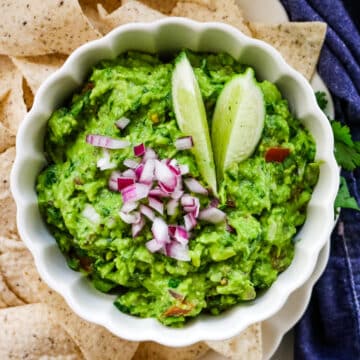


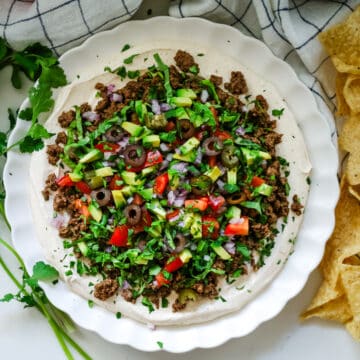
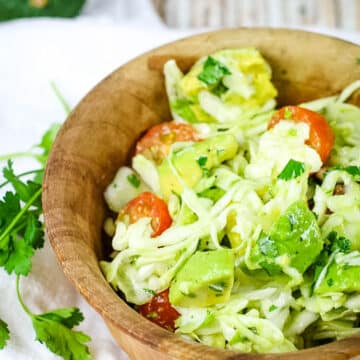
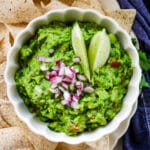

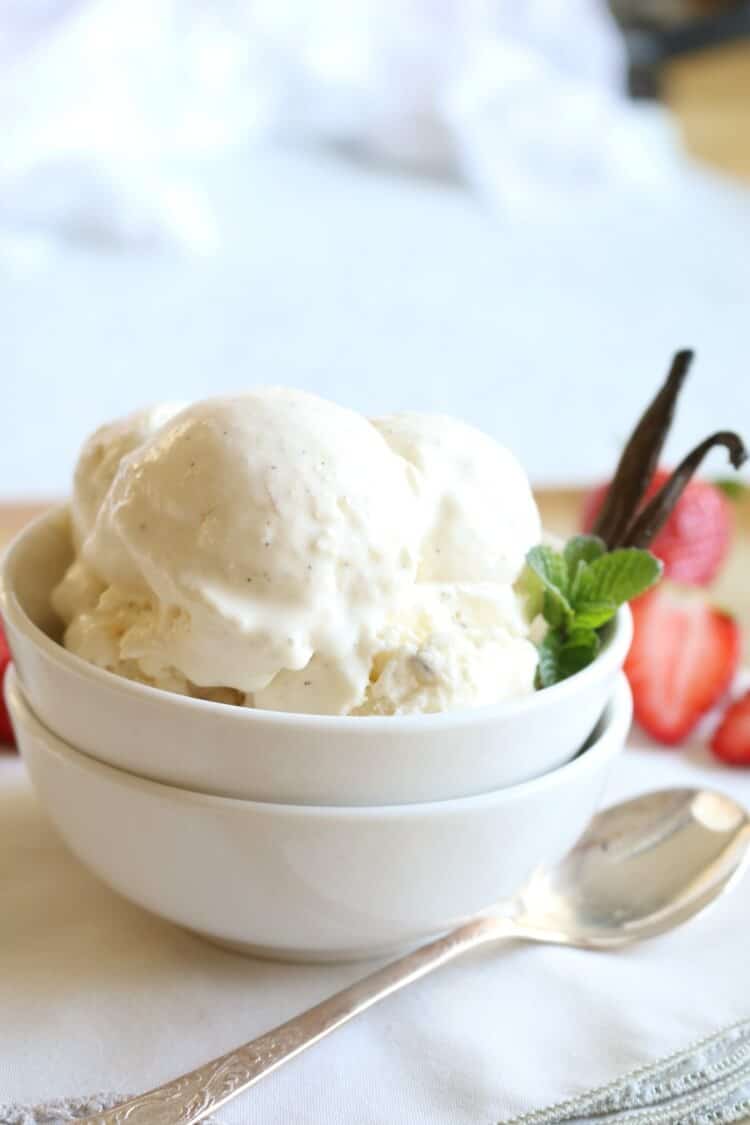
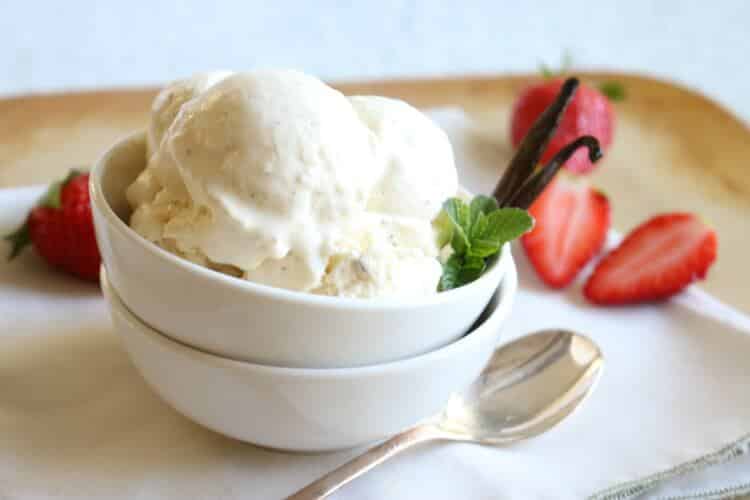

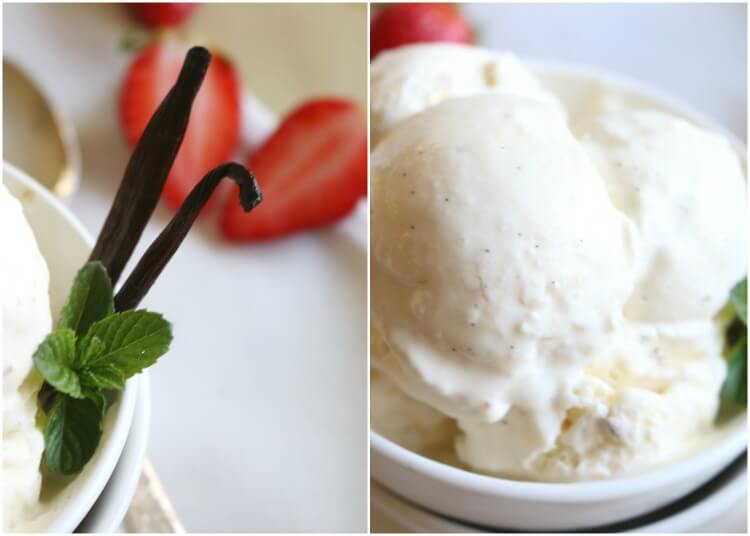


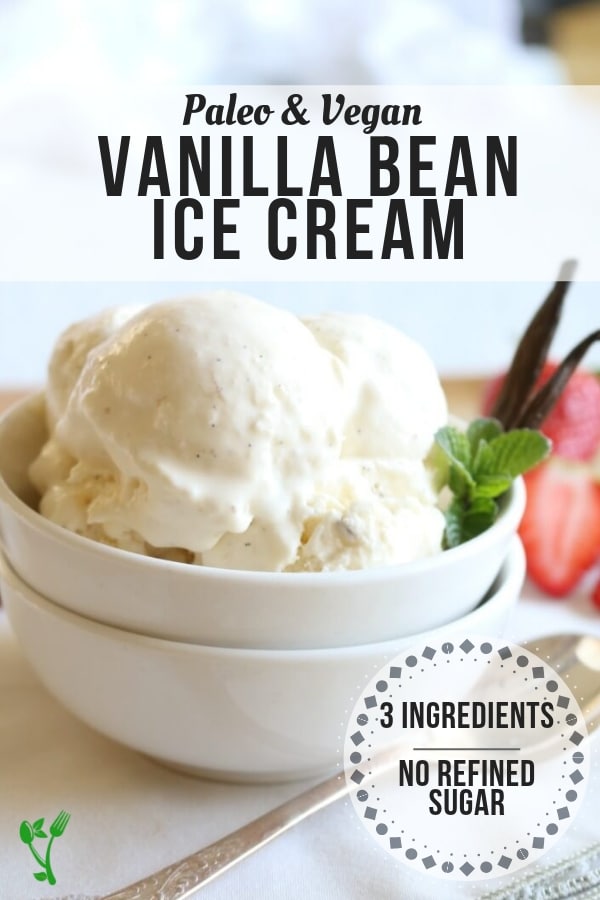
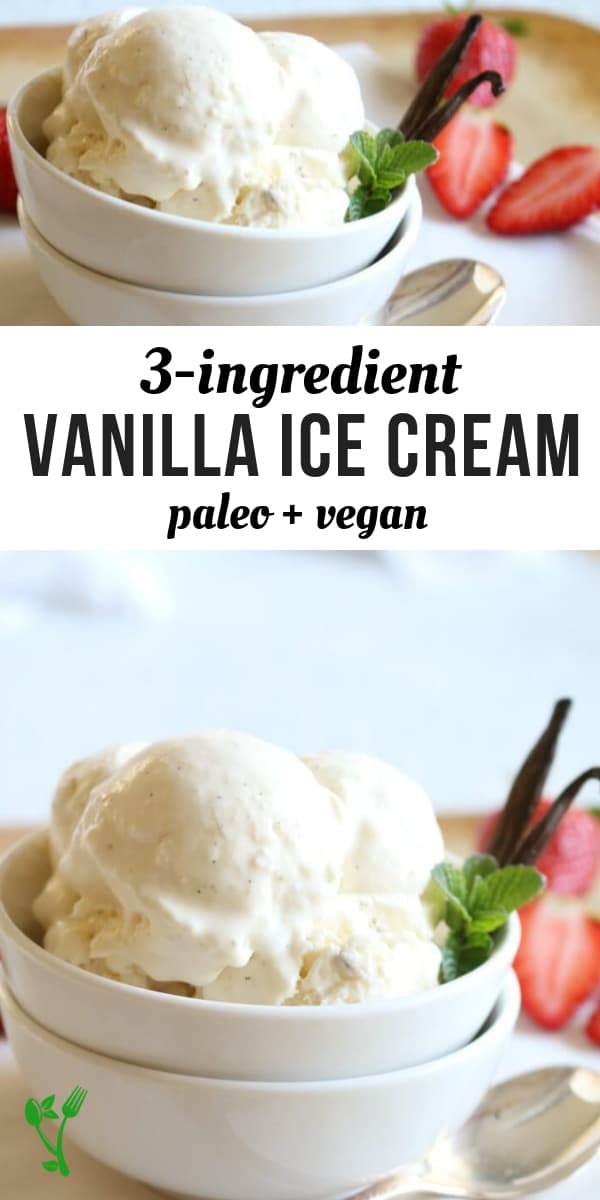






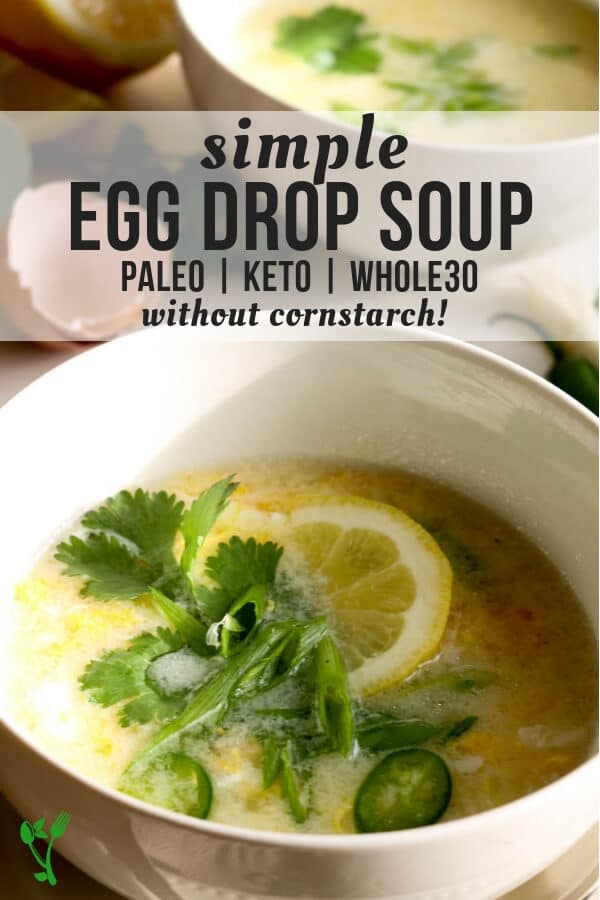




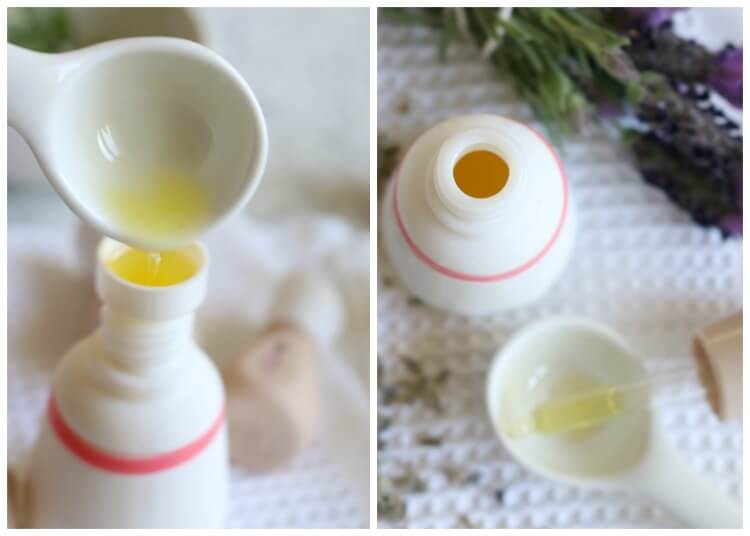




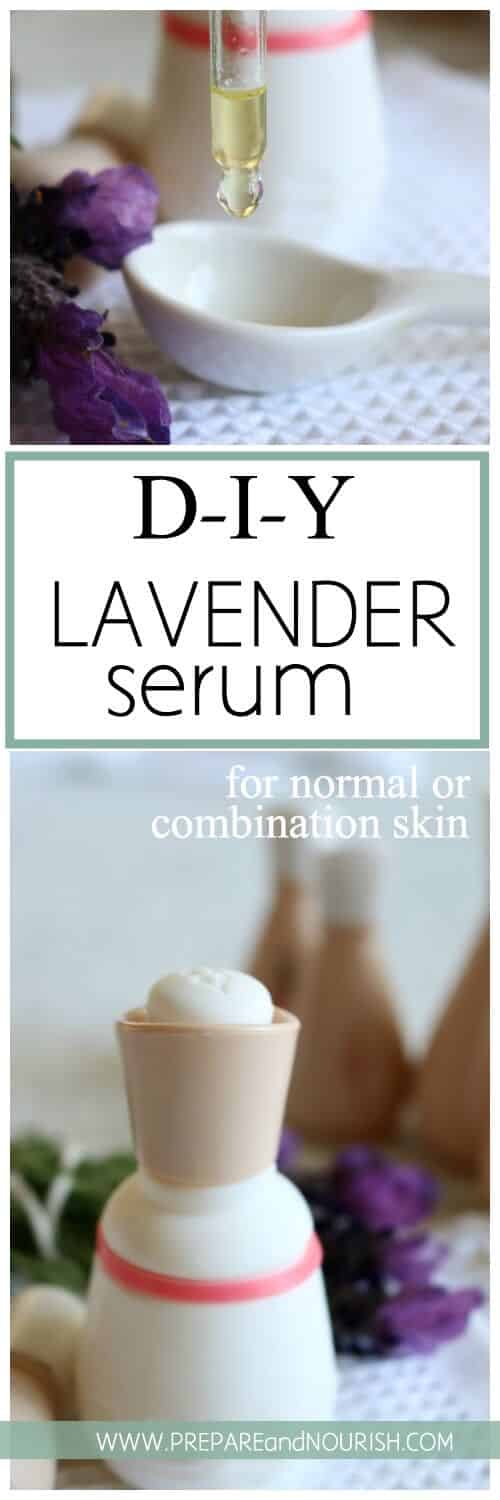













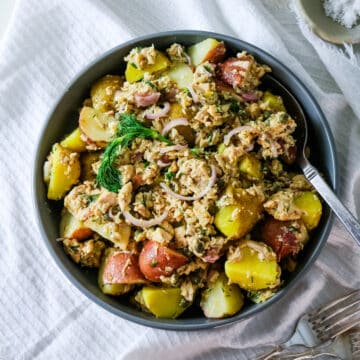


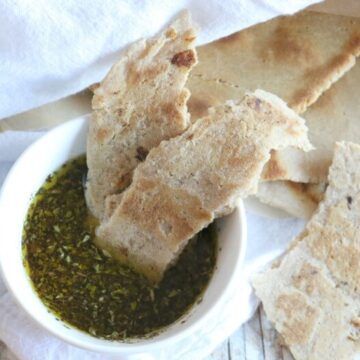
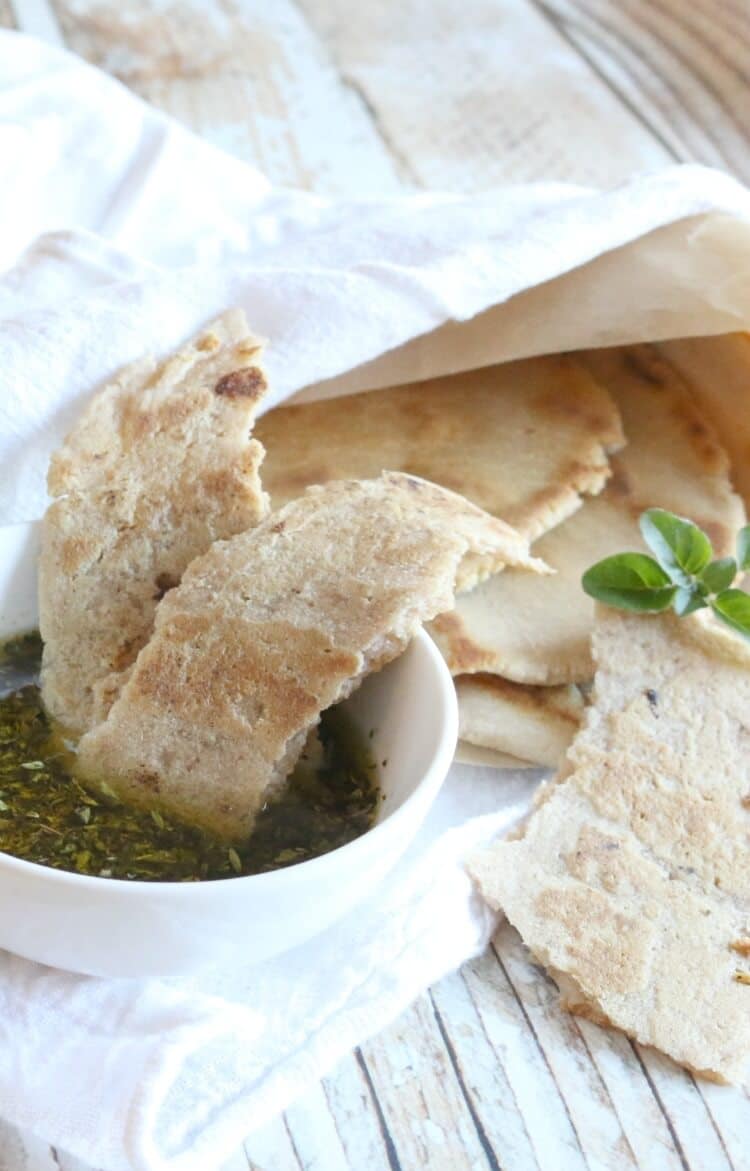
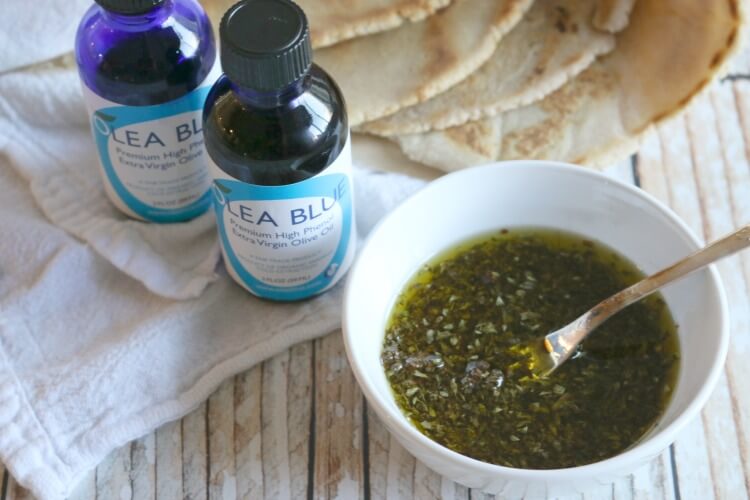
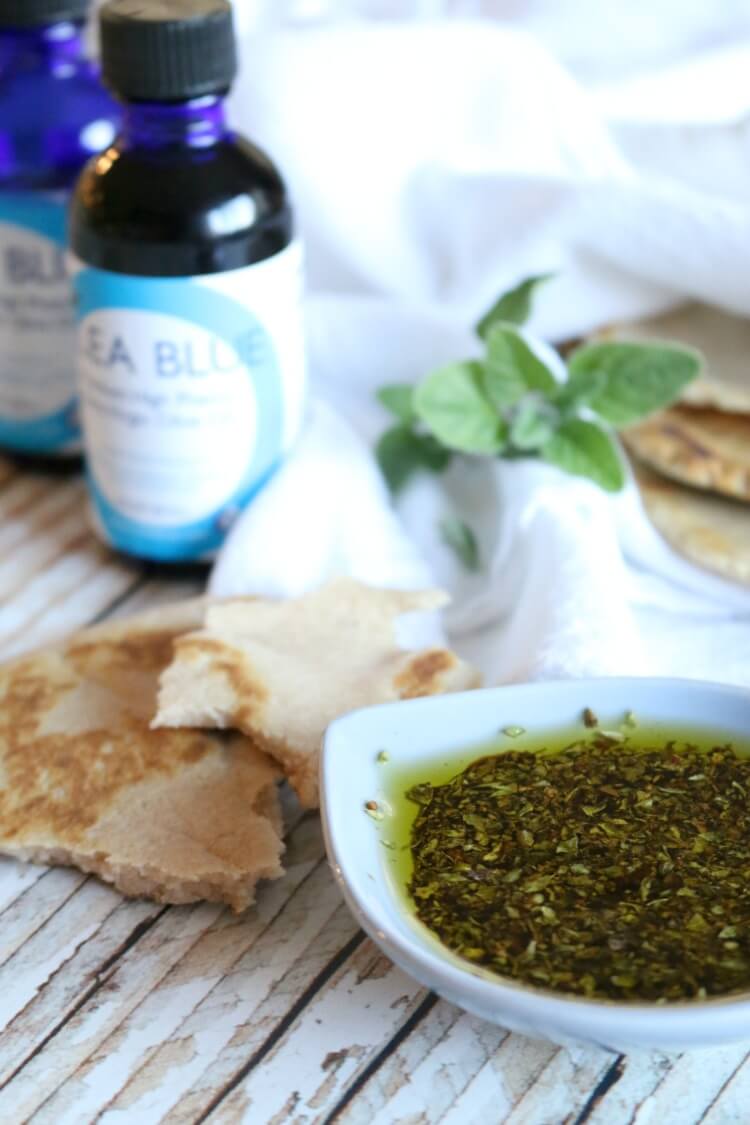
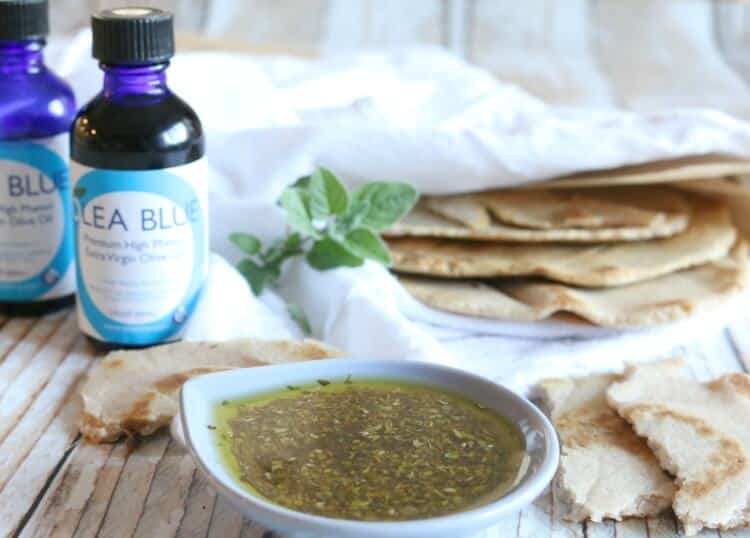
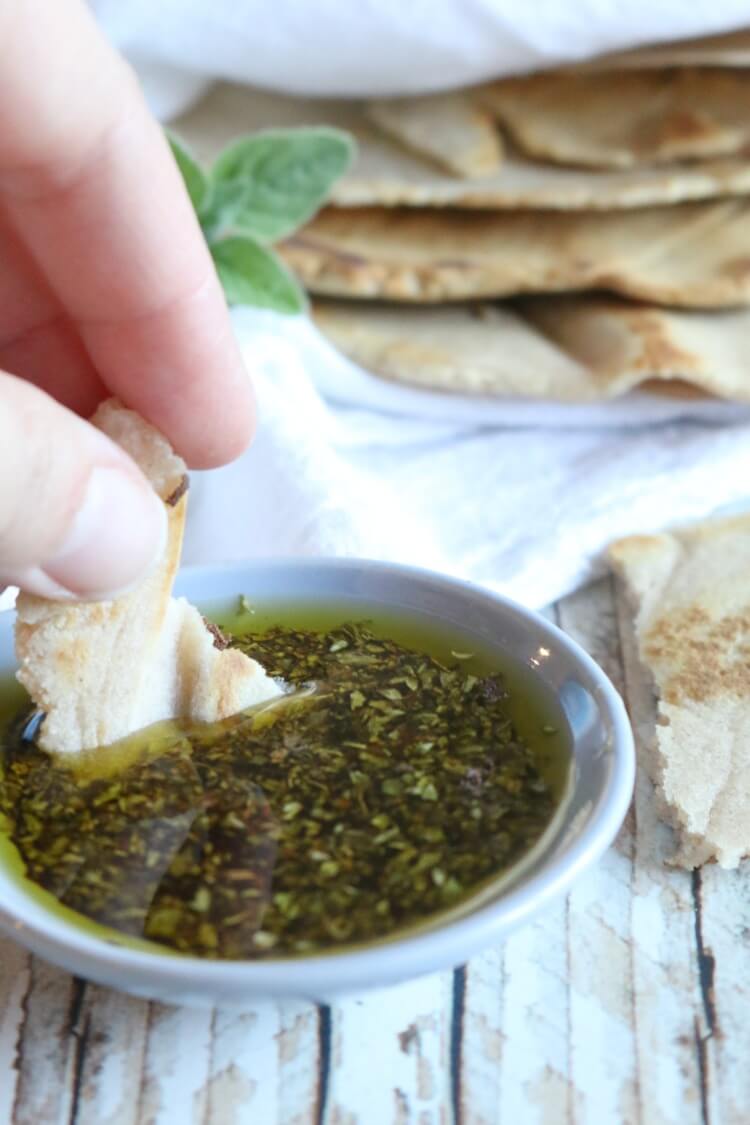
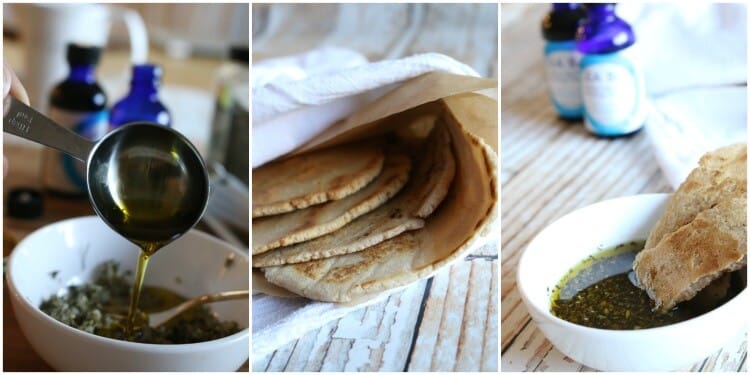
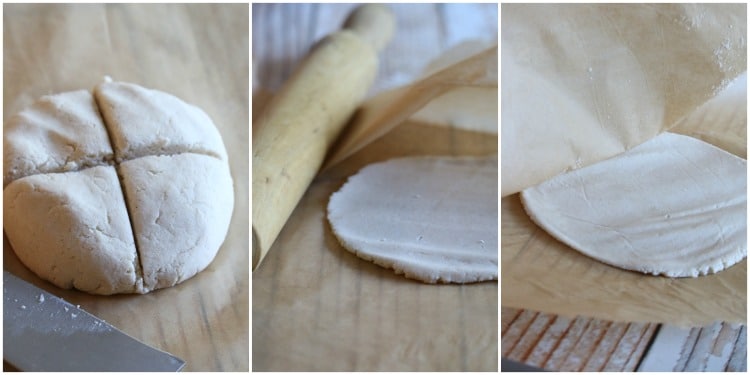 My Picks & Suggestions:
My Picks & Suggestions:










